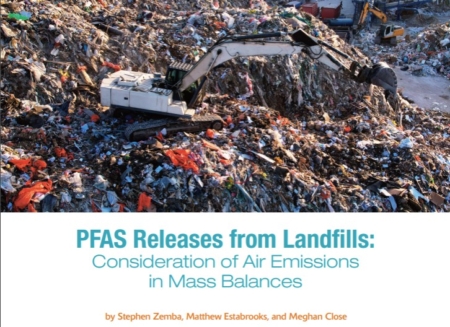As has been widely broadcast, on March 14, 2023, EPA released draft Maximum Contaminant Levels (MCLs) for several PFAS. Even though EPA previously had hinted at setting drinking water MCLs for PFOA and PFOS at 4 parts per trillion, it was nonetheless a momentous announcement given its far-reaching implications. Setting MCLs at laboratory analysis practical quantitation limits (PQLs) indicates that EPA believes that levels of concern for these chemicals are very low – a message that is reinforced by proposing a MCL Goal (MCLG) at zero and lifetime health advisories (HALs) at levels below the ability of present analytical techniques to detect. It is possible that the proposed MCLs could be modified by EPA’s consideration of public comments, but given (1) EPA’s indications that these chemicals are toxic at much lower levels, and (2) the depth and detail of the federal register announcement, there is a low likelihood that the proposed levels will be altered. Assuming they are finalized at 4 ppt, PFOA and PFOS will rank as the second most toxic chemicals regulated in drinking water on a part per trillion basis, with only dioxin having a lower MCL.
If the PFOA and PFOS MCLs go forward and survive any legal challenges, the final standards will preempt less stringent standards that have been set by a number of states. The implications are that many more drinking water systems will have PFAS at concentrations that may require treatment. As an example, Pennsylvania set state MCLs of 14 ppt for PFOA and 18 ppt for PFOS in January 2023. Based on a statewide survey of drinking water systems, about 3% of the 410 samples had an exceedance of the state MCLs. However, 26% of the samples exceed EPA’s proposed 4 ppt MCLs. Moreover, many analytical laboratories have been reporting PFOA and PFOS at concentrations lower than EPA’s 4 ppt PQL, and it is not clear that the public will consider any detectable levels of PFAS as acceptable. Approximately 32% of the samples in the PA water survey had detectable levels of PFOA or PFOS.
Table 1 PFAS Survey Pennsylvania Drinking Water Systems

A unique element of EPA’s MCL proposal is the hazard index (HI) approach to regulating an additional four PFAS:

The formulaic approach resembles the risk assessment technique of accounting for exposure to multiple chemicals that have similar potential health effects. The denominators of the equation are Health Based Water Concentrations (HBWCs) assigned by EPA. The HBWCs for GenX and PFBS are equivalent to EPA’s HALs for these compounds, and the 10 ppt value for GenX is notable given it is a widely used replacement still in production and commerce. Built into the HBWCs is the default assumption that only 20% of exposure to each of the four PFAS can come from drinking water (with the remaining 80% allocated to “background” exposure). EPA states that it is not possible to calculate background exposure to PFAS, but measured decreases in human serum concentrations of PFAS allow for its estimation, and our calculations suggest background exposure to be far smaller than the default allocation of 80%, which if taken into account would allow for greater allowable exposure via the drinking water pathway, and hence higher HBWCs. To see these calculations, use the box on the right to download comments we submitted to ATSDR in 2018.
HI values less than one would be acceptable, but interestingly, use of the EPA’s proposed PQLs for these compounds produces a HI of 1.2 – meaning that its ability to demonstrate acceptable risk depends on laboratory analyses that outperform EPA requirements. This novel HI calculation approach by EPA will likely be subject to considerable comment, since it seems to be expanding the scope of PFAS regulations in a manner less rigorous than required for compound-specific MCLs. If successfully carried forward, however, the approach could be expanded to include a wider list of PFAS.
Posted In: Articles
Tagged In: Industrial, PFAS, Research






